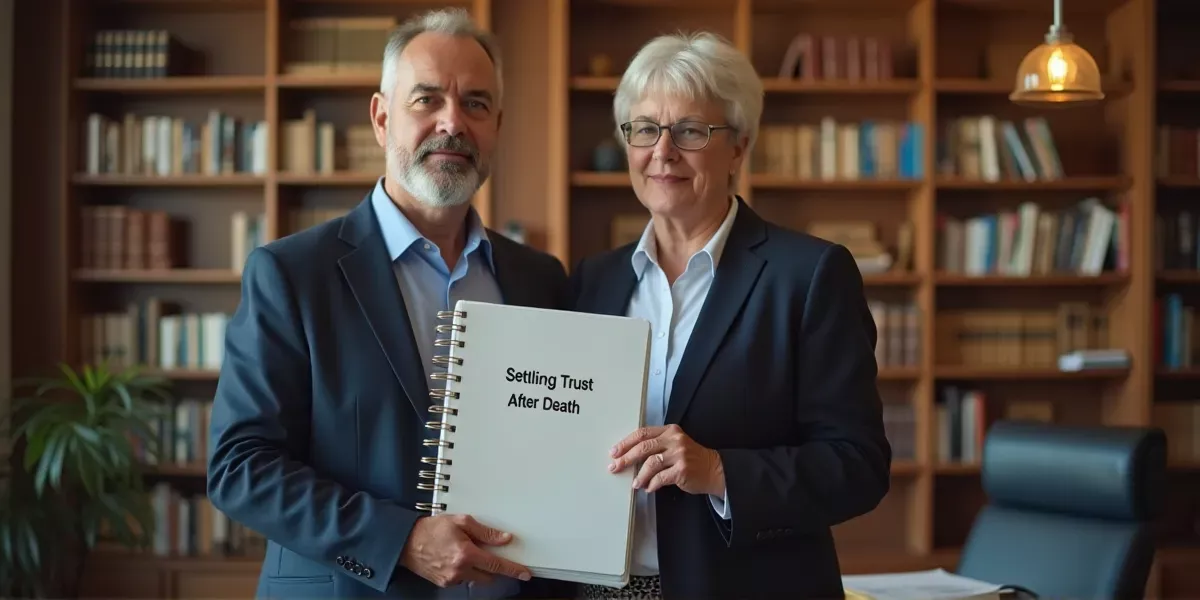In California, a revocable living trust is a popular estate planning tool because it allows the grantor to maintain control of their assets during life while ensuring a smoother transfer at death. Upon the death of the grantor, the trust automatically becomes irrevocable, meaning no further changes can be made to its terms. This shift ensures that the grantor’s final wishes are carried out exactly as written, with the trustee now responsible for administering the trust.
 The first step after death is that the successor trustee takes control of the trust. California Probate Code requires the trustee to notify beneficiaries and heirs within 60 days of the grantor’s death. The trustee must also provide copies of the trust upon request. This formal notification process ensures transparency and gives beneficiaries the opportunity to review the trust’s terms.
The first step after death is that the successor trustee takes control of the trust. California Probate Code requires the trustee to notify beneficiaries and heirs within 60 days of the grantor’s death. The trustee must also provide copies of the trust upon request. This formal notification process ensures transparency and gives beneficiaries the opportunity to review the trust’s terms.
One of the main advantages of a revocable trust is that it avoids probate. Assets titled in the trust do not go through California’s probate courts, which are often expensive and time-consuming. Instead, the trustee has the authority to manage and distribute property privately, usually within months rather than years. This not only saves money but also protects the family’s privacy since trust administration is not a matter of public record.
The trustee’s responsibilities include identifying and gathering trust assets, paying debts and taxes, and then distributing the remaining assets to beneficiaries as outlined in the trust. Real estate, bank accounts, and investments held in the trust can be sold or transferred without court involvement. However, the trustee must follow California fiduciary standards, acting in the best interests of the beneficiaries at all times.
| Stage | Action | California Requirement |
|---|---|---|
| Trust Becomes Irrevocable | No changes permitted to trust terms | Automatic upon grantor’s death |
| Successor Trustee Steps In | Manages and administers trust | Must notify heirs within 60 days |
| Asset Management | Collects and secures trust property | Acts under fiduciary duty |
| Debt and Tax Payments | Pays creditors and files taxes | Required before distribution |
| Distribution | Transfers remaining assets to beneficiaries | Must follow trust instructions |
It is also worth noting that while revocable trusts avoid probate, they do not shield assets from estate taxes if the estate exceeds federal exemption limits. The trustee must handle any required tax filings and payments before distributing assets. Beneficiaries receive their inheritances only after these obligations are met, ensuring that the estate is settled properly under California and federal law.
In conclusion, when a grantor of a revocable trust dies in California, the trust becomes irrevocable, the successor trustee assumes control, and the estate is administered outside of probate. The process involves collecting assets, settling debts, filing taxes, and distributing property according to the trust’s instructions. By planning ahead and funding the trust correctly, Californians can save their heirs significant time, expense, and stress, while ensuring their wishes are carried out efficiently and privately.






